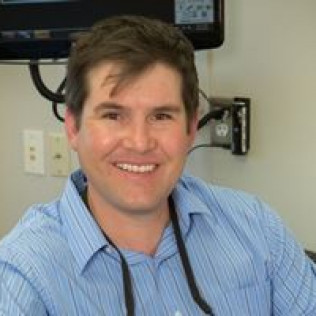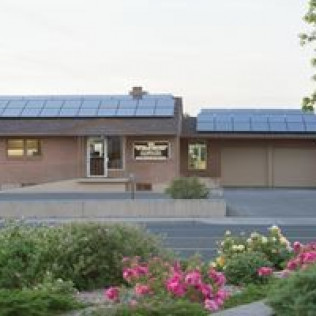Follow Us x
Dental Crowns & Bridges
Tooth Crowns
Ideal for protecting a cracked tooth or covering up discoloration, crowns are a great solution for improving your smile. A crown is a tooth shaped cap that fits over a problem tooth to improve strength, size and appearance.
The crown procedure is simple:
- First we will anesthetize the problem tooth area. Once completely numb, the tooth is filed down so that the crown fits appropriately.
- Then, we will take an impression of the tooth to use in the construction of the crown. The impressions are sent away to a dental laboratory to create your crown. Meanwhile, we apply a sturdy temporary crown over the problem tooth while your permanent crown is manufactured.
- Once your permanent crown is ready, you will come back to Desert Smiles Dentistry and the crown will be applied. Now you have a bright, healthy-looking new tooth!
One-visit Crowns
If you are too busy for two visits to the dentist's office, we are here to provide you with a solution to your problem. In our office, we are constantly staying on top of cutting edge innovations in the field of dentistry. These innovations require less time in the dental office, which causes less discomfort and faster, satisfying results.
One of these breakthrough instruments is called CEREC. This is an acronym meaning Chairside Economical Restoration of Esthetic Ceramics. CEREC allows your dentist to quickly create crown for the patient in just one visit. This crown is made from a high-quality ceramic material that is made to match the color of your natural teeth.
We are the first users of the CEREC computer design and fabrication system in Grand Junction.
What is CEREC?
CEREC is an acronym for Chairside Economical Restoration of Esthetic Ceramics. Translated, it means that a dentist can economically restore damaged teeth in a single appointment using a high-quality ceramic material that matches the natural color of other teeth.
How does the instrument work?
CEREC uses CAD/CAM (Computer Aided Design/Computer Aided Manufacturing) technology, incorporating a camera, computer and milling machine in one instrument. The dentist uses a special camera to take an accurate picture of the damaged tooth. This optical impression is transferred and displayed on a color computer screen, where the dentist uses CAD technology to design the restoration. Then CAM takes over and automatically creates the restoration while the patient waits. Finally, the dentist bonds the new restoration to the surface of the old tooth. The whole process takes about two hours.
What does this innovation mean for a patient?
A tooth-colored restoration means no more silver fillings discoloring smiles. The filling is natural-looking, compatible with tissue in the mouth, anti-abrasive and plaque-resistant. Dentists no longer need to create temporaries or take impressions and send them to a lab. Because of this, the traditional second visit has been eliminated. CEREC has two decades of clinical research and documentation to support the technology. The restorations have been proven precise, safe and effective.
Bridges
One or more missing teeth can adversely affect the appearance and functionality of your smile. Missing teeth can cause a change in occlusion (bite), shifting of the teeth, temporomandibular joint disorder (TMJ), speech impediments, an increased risk for periodontal disease and a greater chance of tooth decay.
Dental bridges, like implants and partial dentures, are used to replace missing teeth. There are several types of fixed dental bridges (cannot be removed), including conventional fixed bridges, cantilever bridges and resin-bonded bridges.






